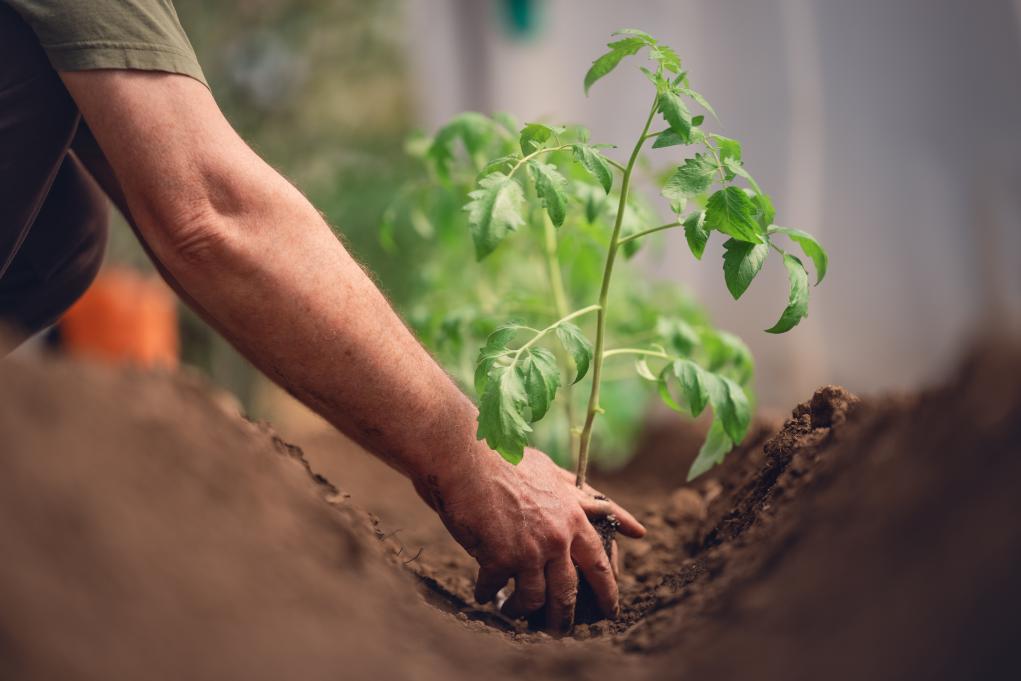
Planting a vegetable garden is one of the most valuable steps you can take to prepare for survival. Whatever happens, you’ll have food available, even if supply chains are interrupted. When there isn’t an emergency, you’ll save money by supplementing your diet with healthy vegetables you’ve grown yourself.
Growing a survival garden takes some planning, however. You can’t just make a list of your favorite vegetables, buy some seeds and start planting. You need to make sure that what you plant will give a reliable supply of food – and that it will even grow where you live.
Ideal Survival Crops
Plant your survival garden with crops that will provide the maximum nutrition for the minimum work. Root vegetables are good; they give a high yield, they’re hardy and they store well. Cabbages are versatile and easy to grow. Corn, beans and tomatoes can supply a lot of food in a small footprint. Here are some of the best survival crops:
- Beans
- Beets
- Berries
- Broccoli
- Cabbages
- Carrots
- Corn
- Eggplants
- Peas
- Potatoes
- Squash
- Sweet potatoes
- Tomatoes
Obviously, delete any you really dislike; there’s no point growing food you don’t actually want to eat. If you have any favorites that aren’t on the list, you can include them, but stick to things that are worth the effort. For example, onions are tasty, but their nutritional value is basically zero.
Check the Climate
Few crops will grow absolutely anywhere. Most have a temperature and moisture range they thrive in; outside of that, they’ll struggle or fail. A simple rough guide to whether you can grow something is to find the zone your home is in on the USDA’s Hardiness Zone Map. Next, check the crops you’re interested in to see if they’ll grow in your climate zone.
Hardiness zones aren’t rigid guides. There’s some flexibility in what you can grow, depending on local conditions and the layout of your garden. If it gets a lot of sun, you might be able to grow crops that prefer a slightly warmer zone than the one you’re in, for example.
Match Crops to Soil
The type of soil in your garden also matters. Sandy soil drains easily and is great for carrots, corn, beans and tomatoes. Loam is an excellent all-round soil that will grow almost anything. Clay soil is heavy and slow to drain, and you need to choose crops carefully: Kale, cabbage, cauliflower and potatoes can all do well in clay.
For a small garden, it’s possible to modify the soil type. Digging in a load of sand may improve the drainage in clay, for example. Fertilizer or peat can also make very sandy soil more productive.
A survival garden will always need some work, but if you prepare the soil and choose the right crops, you can create a low-maintenance garden that will give you a bounty of fresh, home-grown vegetables. In good times, it’s an inexpensive source for canning or filling a root cellar; in an emergency, it can be the difference between life and death.






















